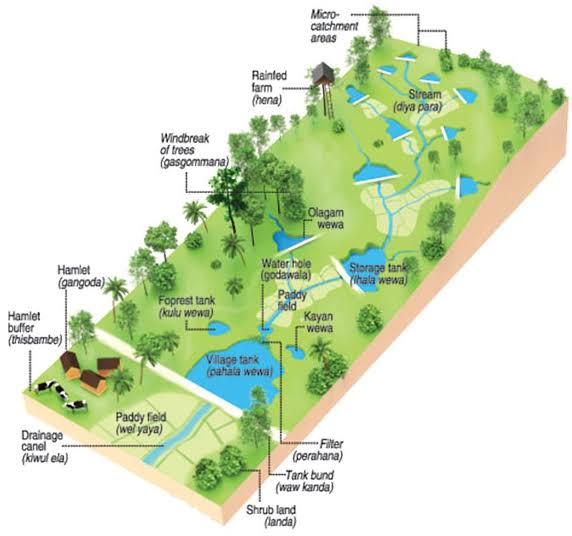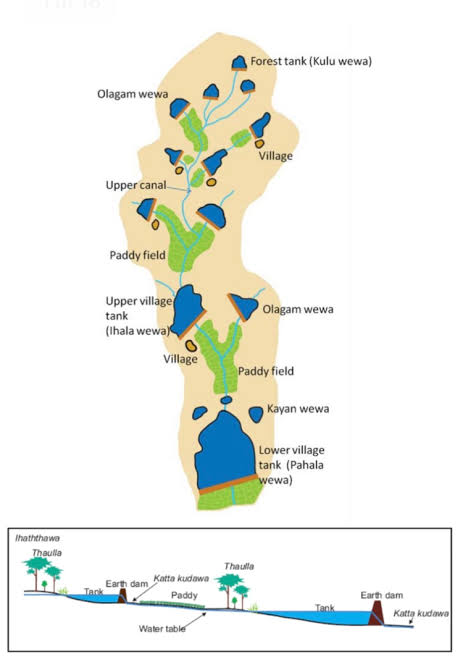In the heart of northwest Sri Lanka, a 2,000-year-old hydraulic marvel known as the 'tank cascade' is proving to be a lifeline for rural communities facing the escalating challenges of a warming planet. This ancient system, harnessing natural features to harvest and store rainwater, has become indispensable in combating drought and preserving ecosystems.
Every April, Pinchal Weldurelage Siriwardene, the 76-year-old secretary of a local agrarian committee, carries out a revered tradition under the shade of a banyan tree in Maeliya village.
It involves seeking blessings for a bountiful harvest by boiling coconut milk beside a vast reservoir known as a "wewa." This reservoir, spanning 175 acres and brimming with rainwater collected over preceding months, sustains the rice crop during dry spells.
For centuries, this intricate network of water bodies, a cornerstone of village life, has facilitated agriculture. The Sinhala saying, "tank, pagoda, village, and temple," underlines the pivotal role of these tanks in local culture.

However, these tanks do not operate in isolation. They are part of an extensive hydraulic network, the "ellangawa" or "tank cascade system," connecting artificial lakes like the one in Maeliya to smaller reservoirs upstream. This ingenious system, coupled with careful management of the natural surroundings, enables rainwater harvesting, sharing, and recycling within the region.
This ancient technology does more than just irrigate fields; it acts as a safeguard against drought by regulating groundwater levels. Nalaka Geekiyanage, senior lecturer in forestry at Rajarata University, explains that these cascades maintain groundwater tables and support river water levels, preventing them from drying up during hot spells.
Furthermore, the lush tree belts along the tanks act as wind barriers and reduce evapotranspiration. They also shield communities from flash floods, intercept rainwater, control soil erosion, and provide a haven for wildlife. This ecological harmony has even led to enhanced water purification, with specially designed soil ridges and plants acting as natural filters.

The benefits extend beyond agriculture; these tank cascade systems support animal husbandry, beekeeping, agroforestry, and diversified food cultivation. This diversity mitigates the socioeconomic impacts of climate change, allowing villagers to grow crops year-round.
Despite their historical significance, these tank systems faced decline due to various factors, including shifts in population and British colonial influence. However, restoration efforts have gained momentum, aided by recognition as a Globally Important Agricultural Heritage System by UNESCO and FAO. Climate resilience projects have restored numerous tanks, enhancing agricultural productivity and livelihoods.
Still, challenges persist, such as coordination between government entities and the need for sustainable management. As the world grapples with climate change, these ancient Sri Lankan tank cascades stand as a remarkable example of traditional ecological knowledge, offering both resilience and potential for sustainable tourism.
Yet, the key to their preservation lies with the very communities that have depended on them for generations, as these tanks continue to be a vital lifeline in a rapidly changing world.